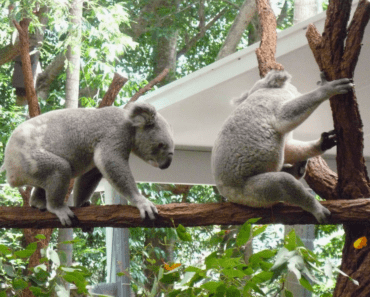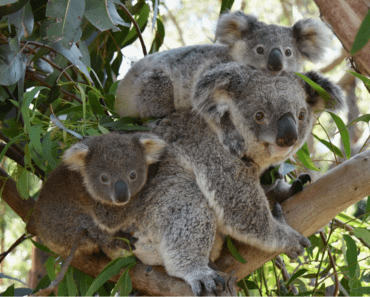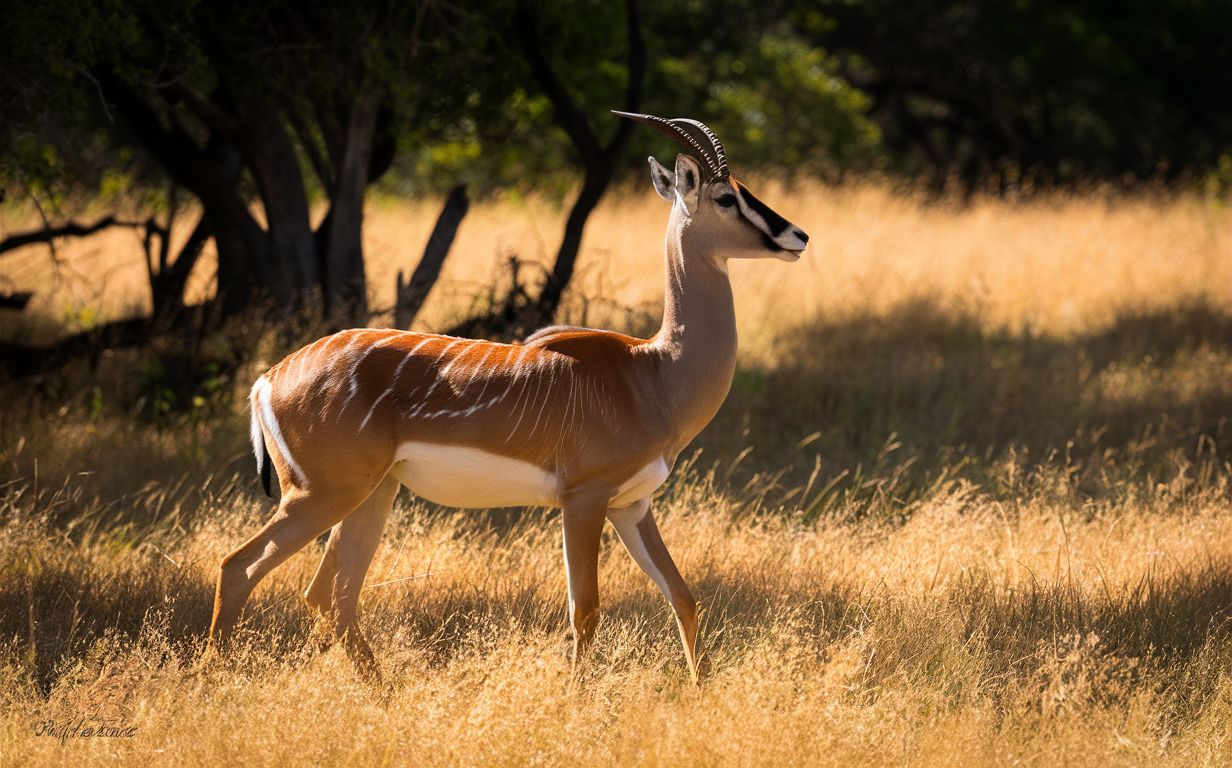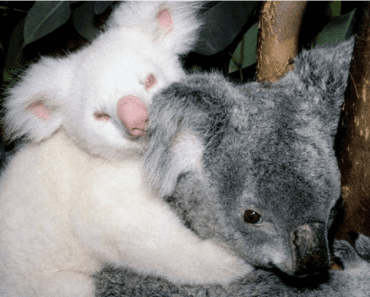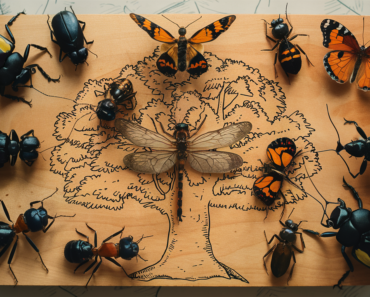Crested birds captivate birdwatchers and ornithologists alike with their striking head feathers, which add an element of majesty and distinction to their appearance. These feathers, often referred to as crests or crowns, can be raised or lowered, enhancing their display and communication abilities. This article delves into the fascinating world of crested birds, exploring their evolution, behavior, and the significance of their unique adornments.
What are Crested Birds?
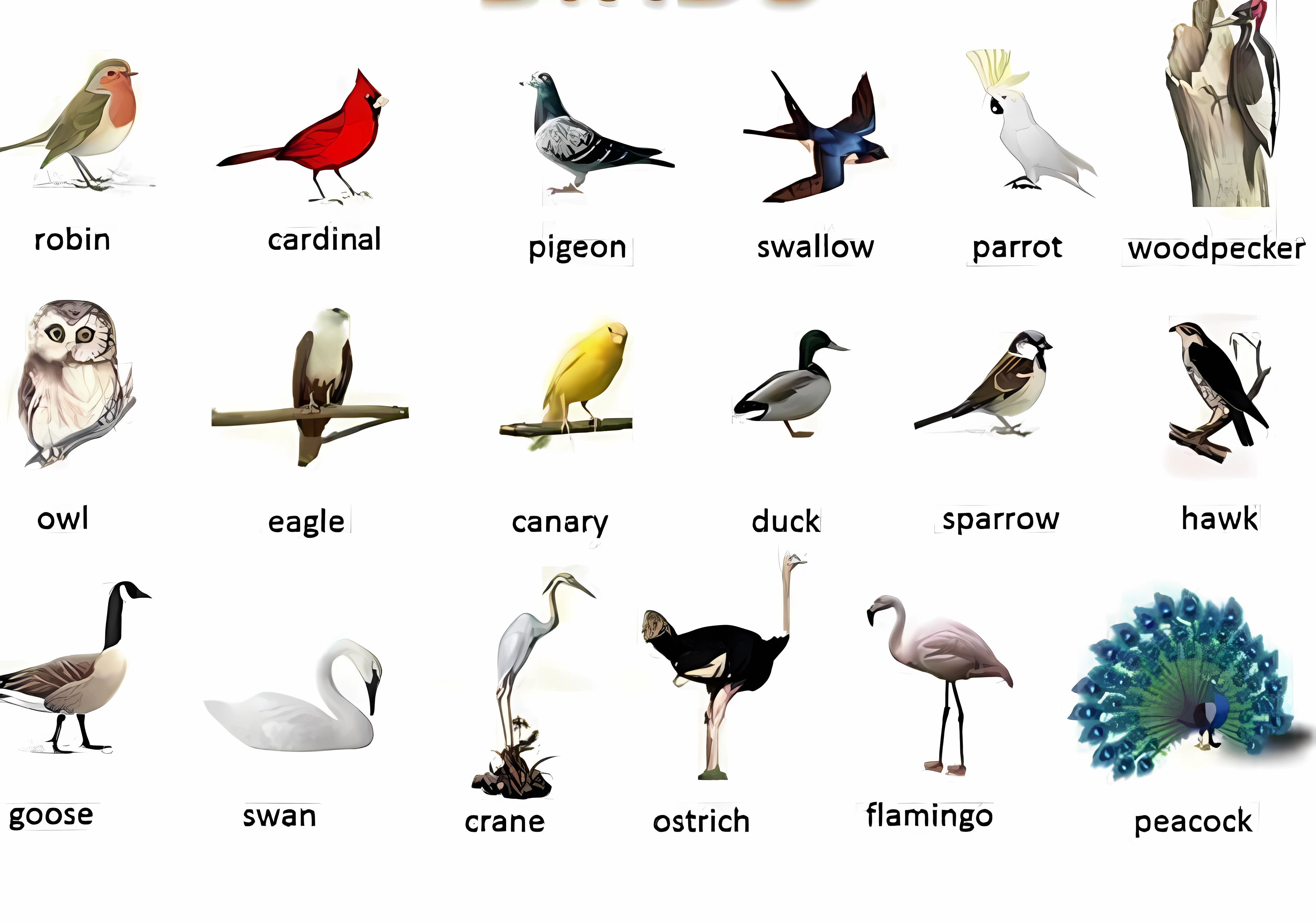
Crested birds are characterized by their prominent feathered crests, which can vary greatly in size, color, and shape. These crests, located on the top of their heads, serve various functions ranging from mating displays to social signaling. The crested family includes a diverse array of species, each with its unique adaptations and behaviors.
Types of Crested Birds
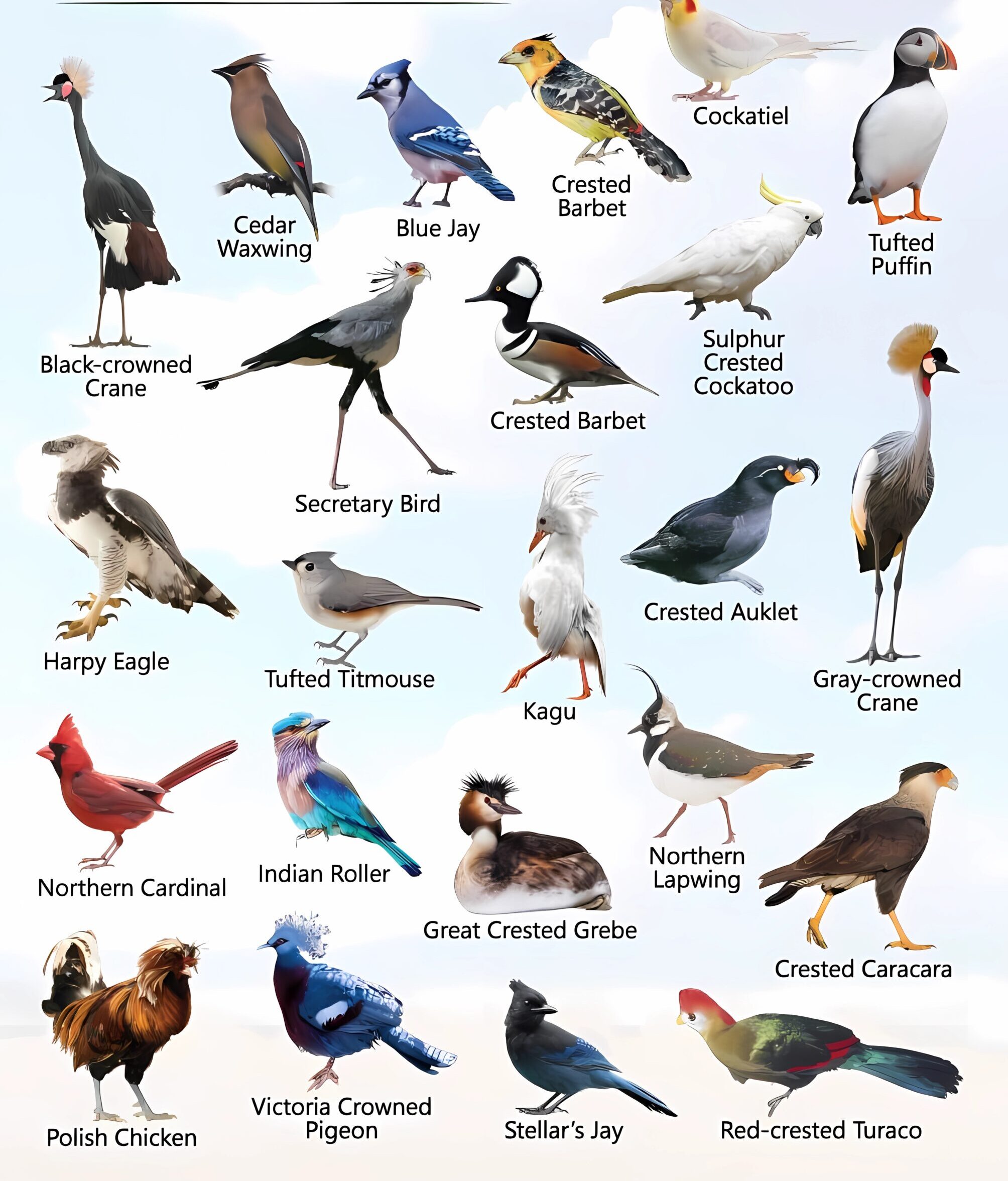
Among the most well-known crested birds are the cockatoos, famous for their vibrant, expressive crests. Crowned cranes, with their regal, permanently erect feathers, are another striking example. Other notable crested birds include the colorful hoopoes, the agile kingfishers, the intelligent jays, the sleek terns, and the diverse turacos.
Why Do Some Birds Have Crests on Their Heads?

Some common reasons for the presence of crests in birds include:
- To Display and Communicate: During the breeding season, male birds often use their colorful head feathers to attract mates and establish dominance over their rivals. They may puff up their crests or distinctively display them to show off their fitness and attractiveness to potential mates.
- To Recognize Members of their Species: In dense bird communities where many avifaunae coexist, a species’ crest’s unique coloration or pattern allows them to recognize each other.
- To Establish a Social Hierarchy: Individual birds with large or bright crests on their heads often enjoy a dominant position in the social hierarchy of their group, either with a larger territory or a choice of mate.
- To Camouflage Themselves: Some birds use their crests to hide from predators or make them more efficient hunters.
- To Provide Insulation and Protection: The crest feathers protect the bird’s head from environmental factors like rain, cold weather, or excessive heat.
Famous Crested Birds
Several crested birds have gained fame due to their remarkable appearances and behaviors. The cockatiel, with its endearing crest and affectionate nature, is a popular pet bird. The Victoria crowned pigeon, named for its spectacular, fan-like crest, is another iconic species. The golden pheasant, known for its dazzling plumage and elaborate mating dances, captivates bird enthusiasts worldwide.
Table of Famous Crested Birds
| Bird | Description | Habitat | Behavior | Social Status | Conservation Status |
|---|---|---|---|---|---|
| Cockatiel | Vibrant, expressive crest, can be raised or lowered. | Australia | Highly social, makes charming sounds | Lives in flocks | Not Threatened |
| Crowned Crane | Permanent regal feathers, stunning appearance. | Africa | Uses feathers for mating displays | Lives in pairs or groups | Threatened |
| Hoopoe | Colorful and vivid feathers used in mating displays. | Eurasia, Africa | Emits distinctive calls | Solitary or pairs | Not Threatened |
| Kingfisher | Agile bird with a prominent crest used for communication. | Near rivers and water bodies | Expert fish catcher | Solitary | Not Threatened |
| Golden Pheasant | Stunning plumage and complex mating dances. | Asia | Displays feathers to attract females | Lives in small groups | Not Threatened |
| Victoria Crowned Pigeon | Spectacular, fan-like crest, iconic species. | New Guinea | Highly social, lives in groups | Lives in groups | Threatened |
| Black-crowned Night Heron | Black feathered crest, used for night fishing. | Marshes and freshwater | Active at night, fishes in shallow waters | Solitary | Not Threatened |
| Harpy Eagle | Impressive crest used for communication and intimidation. | Amazon Rainforest | Large predator, lives in isolation | Solitary | Endangered |
| Double-crested Cormorant | Features a double crest used for communication and mating. | Coasts and water bodies | Social, lives in large colonies | Lives in colonies | Not Threatened |
| Great Crested Grebe | Large bird, uses crested feathers in mating displays. | Open plains | Displays crest to attract females | Lives in pairs | Endangered |
| Red-crowned Crane | Large water bird with a red feathered crest used for mating. | Natural reserves | Displays feathers to mates, lives in colonies | Lives in groups | Not Threatened |
| Kagu | A pigeon with a stunning crest, lives in dense forests. | New Guinea | Social, emits melodious sounds | Lives in groups | Threatened |
| Indian Peacock | Vibrant feathers with blue and green crests used in mating displays. | South Asia | Displays feathers to attract females, social | Lives in groups | Not Threatened |
Anatomy of Crested Birds
The anatomy of crested birds reveals fascinating details about the structure and function of their crests. These crests are composed of specialized feathers that can be manipulated to stand erect or lie flat. The variations in crest size, color, and shape among different species are influenced by genetic, environmental, and social factors.
Behavior and Communication
Crested birds use their crests as dynamic tools for communication. During mating season, males often display their crests to attract females, showcasing their fitness and genetic quality. Crests also play a crucial role in establishing social hierarchies, where dominant individuals use their crests to assert their status. Additionally, crests aid in species recognition, allowing birds to identify members of their own species in mixed flocks.
Habitat and Distribution
Crested birds inhabit a wide range of environments across the globe, from tropical rainforests to arid savannas. Their adaptability to diverse habitats has enabled them to thrive in various regions, though some species have more specialized habitat requirements. Understanding their distribution helps in conservation efforts, particularly for species with restricted ranges.
Crested Birds in Culture
Crested birds hold significant cultural symbolism and are often depicted in art and literature. They are associated with royalty and elegance, and their images are used in various cultural artifacts and emblems. Their majestic appearance and unique behaviors make them subjects of fascination and admiration.
Conservation Status
Many crested birds face conservation challenges due to habitat loss, climate change, and hunting pressures. Conservation efforts are crucial to protect these species and their habitats. Success stories from captive breeding programs and habitat restoration projects offer hope for the future of threatened crested birds.
Observing Crested Birds
Birdwatching enthusiasts seek out crested birds for their unique displays and behaviors. Observing these birds in their natural habitats requires patience and the right equipment, such as binoculars and field guides. Popular birdwatching locations include national parks, wildlife reserves, and botanical gardens where crested birds are known to reside.
Challenges Faced by Crested Birds
Crested birds encounter various challenges in the wild, including habitat destruction, climate change, and predation. Conservationists are working to address these issues through habitat protection, research, and public awareness campaigns. Understanding these challenges is essential for developing effective conservation strategies.
Captive Breeding Programs
Captive breeding programs play a vital role in the conservation of crested birds. These programs aim to increase population numbers, maintain genetic diversity, and reintroduce individuals into the wild. Success stories include the recovery of species like the Bali myna and the echo parakeet, highlighting the importance of such initiatives.
Role in Ecosystems
Crested birds contribute significantly to their ecosystems. As pollinators, seed dispersers, and predators, they help maintain ecological balance. Their presence indicates a healthy environment, making them important bioindicators for conservationists monitoring ecosystem health.
Interesting Facts about Crested Birds
Crested birds exhibit a range of fascinating behaviors and characteristics. For instance, the rockhopper penguin’s crest helps it navigate rocky terrain, while the harpy eagle uses its crest to communicate with potential mates and rivals. These unique adaptations highlight the diverse ways crested birds have evolved to thrive in their environments.
- FAQs about Crested Birds
What is the purpose of a bird’s crest?
Bird crests serve various purposes, including communication, mate attraction, and intimidation of rivals. They can also play a role in social hierarchies and predator deterrence.
How do crested birds use their crests during courtship?
During courtship, crested birds often display their crests prominently as part of elaborate mating rituals. The size and condition of the crest can be a critical factor in mate selection.
What are some common crested bird species?
Common crested bird species include the Northern Cardinal, Great Crested Grebe, and Sulphur-crested Cockatoo. Each of these species has unique adaptations and behaviors associated with their crests.
How do crested birds adapt to different habitats?
Crested birds are found in a variety of habitats, from forests and wetlands to urban areas. Their crests help in species recognition, communication, and camouflage, depending on the environment.
What are the main threats to crested birds?
Crested birds face threats such as habitat loss, climate change, and illegal pet trade. Conservation efforts are crucial to protect these species and their habitats.
Can crested birds be kept as pets?
Yes, some crested birds, such as cockatoos, are popular pets. However, they require significant care, including a spacious enclosure, a varied diet, and social interaction.

